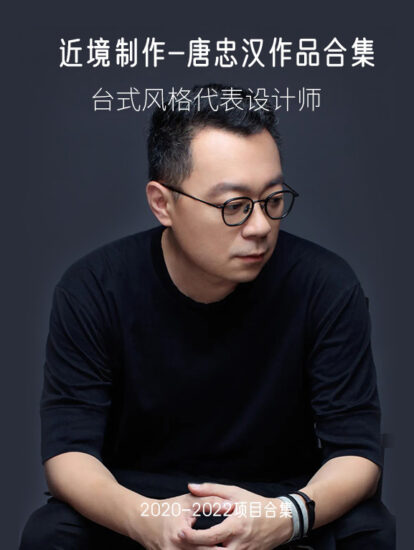以當代藝術的理念營建鄉村公共空間——深圳坪山長守村“軟廣場”建築裝置
Constructing Rural Public Spaces with the Concept of Contemporary Art
— “Soft Square” in Changshou Village, Pingshan, Shenzhen
∇ 鳥瞰“軟廣場” © 張超
Aerial view of the “Soft Square” © Zhang Chao
一、序言
Preface
當下中國鄉村振興的核心策略,便是依托城市的反哺效應,通過旅遊業的發展為鄉村帶來活力,進而帶動資金、產業、文化的進入,有效促進鄉村人口的回流和外來人口的定居。
China’s rural revitalization initiative emphasizes leveraging urban resources to support rural development. A key strategy involves developing tourism to attract capital and industries, foster cultural engagement, promote population retention, and facilitate the settlement of new residents in rural areas.
其中,文化項目入駐鄉村成為了一種全新嚐試。中國著名的文藝團體——龍馬社在深圳坪山長守村建立戲劇公社,形成常態的鄉村藝術表演基地,從事戲劇的創作、排練和演出。為配合戲劇公社的進駐,朱小地建築師受邀承擔了長守村統籌規劃及重點範圍的設計工作。
Integrating cultural projects into rural settings is a new attempt in this regard. In Changshou Village, located in the Pingshan District of Shenzhen, the esteemed Chinese performing art studio, Longma Studio, has embarked on an experimental endeavor to establish a theater commune. This commune is intended to serve as a hub for regular rural art performances, encompassing the entire process from creation and rehearsal to staging dramas. To support this endeavor and accommodate the increasing number of audiences and tourists, architect Zhu Xiaodi was commissioned to steer the village’s overall planning and the design of key areas.
∇ 龍馬社長守村戲劇公社劇場開幕大戲《我愛桃花》© 龍馬社
A poster of the play “I Love Peach Blossom” by Longma Studio, to be staged at the Theater Commune nestled in Changshou Village © Longma Studio
二、走進長守村
Site Overview
長守村坐落於深圳東北部坪山丘陵之中,演出的地點確定在長守村內原有的傳統客家民居——江氏圍屋。該圍屋始建於清乾隆年間,占地麵積8000平方米。背靠山體,麵對水塘,是廣東民居的典型布局。如今,圍屋部分建築仍保持著往昔的完整風貌,另一部分遭到了拆毀。
Changshou Village is situated in a hilly area of Pingshan in northeast Shenzhen. The performance venue is positioned in Jiang’s Hakka Houses, a traditional architectural complex in the village. Built during the Qianlong period of the Qing Dynasty, this 8,000-square-meter compound features a typical Cantonese residential layout, nestled against a mountain and embracing a pond. While parts of the houses remain intact, others have been demolished.
∇ 江氏圍屋與水塘鳥瞰 © 侯丹青
Aerial view of Jiang’s Hakka Houses and the pond in front © Hou Danqing
從空中觀察長守村的空間格局,可以發現長守村還保留著農耕文明的形態——各家各戶的房屋自成體係,道路係統相對狹窄,缺乏必要的空地和相應的公共空間。村口、街巷、水塘等本身也很局促,再加上幾十年市場經濟的洗禮,如今已失去了往日凝聚人氣的魅力。
The aerial views of Changshou Village reveal its spatial fabric shaped by agricultural roots, showing independent house systems of each household, narrow roads, and a lack of open public spaces. Over the decades, the originally cramped village entrance, streets, lanes, and pond have lost their charm of gathering people due to the impact of the market economy.
圍屋前麵的水塘,現已租賃給私人作為魚塘使用,原本的岸線被石頭和混凝土所取代,為了防止人員或者車輛的不慎落水,水塘周圍還安裝了不鏽鋼欄杆,徹底改變了水塘的原貌和在村落中的地位。這些變化與鄉村質樸的基調格格不入,構成了一種不可逆的景觀破壞,無形中加劇了鄉村公共空間的割裂感,讓人變得更加疏離與麻木。
The pond in front of the Hakka houses was leased as a private fish pond. Its natural shoreline was replaced by stone and concrete, and stainless steel railings were installed along its periphery to protect pedestrians and vehicles’ safety, fundamentally changing the pond’s appearance and role in the village. These alterations clashed with the rural settings and disrupted the natural landscape, causing a sense of alienation in the rural public space.
∇ 水塘現狀 © 朱小地
The pond before construction © Zhu Xiaodi
龍馬社的戲劇演出一定會對長守村、坪山乃至深圳產生巨大的影響和聚集效應,成為重磅文化事件,激發起人們觀演戲劇,參與鄉村文化生活的熱情。然而,演出的常態化將帶來遊客數量的激增,對長守村原本有限的公共空間構成了不小的挑戰。如何容納龐大的遊客群體,避免本地居民與外來遊客之間的潛在衝突,成為了亟需解決的問題。
Longma Studio’s performances are expected to significantly impact Changshou Village, Pingshan District, and even broader Shenzhen, potentially evolving into a major cultural event that ignites local interest in drama and rural cultural life. Meanwhile, this will bring anticipated influx of tourists, posing challenges to the already cramped public spaces in Changshou Village. How to accommodate these visitors while mitigating potential conflicts between local villagers and tourists has become an urgent concern.
∇ 龍馬社長守戲劇公社 © 張超
Longma Studio Theater Commune in Changshou Village © Zhang Chao
南方丘陵地區的水塘在傳統村落中扮演著重要角色,它不僅承載著村民的取水、洗衣、防火等功能,同時兼具景觀和風水寓意,是村落中重要的公共空間與情感紐帶。現在,日益城市化的生活方式使得水塘逐漸失去原有的功能,淪為孤立的“魚池”,其生硬的邊界更是阻攔了視線的延伸和親水的可能,也就無法形成公共性和各種交往活動的發生。
In the past, ponds played a vital role in traditional villages in the hilly regions of Southern China. They served as sources of drinking water, washing, and fire prevention. Additionally, they provided landscape and Feng Shui benefits, and were essential public spaces and emotional bonds within the village. However, due to urbanized lifestyles, ponds have become isolated “fish ponds,” with rigid boundaries cutting off visual and physical access to water, limiting public availability and interaction.
簡單地恢複水塘原來的岸線,既不可行也缺乏現實意義。而拆除水塘邊的欄杆,又會影響到村民和遊客的安全。同時,隨著外來遊客和觀眾的增多,他們來此不僅是為了觀賞戲劇,更渴望深入了解鄉村文化,體驗並融入鄉村生活。
Merely restoring the pond’s original shoreline is neither feasible nor practically meaningful. Removing the railings would compromise the safety of villagers and tourists. Additionally, the increasing number of visitors necessitates more public spaces, not only to accommodate their interest in drama but also to allow them to experience and immerse in rural life.
2023年8月,朱小地和他的團隊來到圍屋所在地,在對圍屋前的水塘進行調研和分析的基礎上,提出了空間提升的方案,並得到了坪山市政府和龍馬社的高度認可。
In August 2023, architect Zhu Xiaodi and his team visited the site and proposed a space improvement plan based on their investigation and analysis of the pond. This scheme received strong support from the Pingshan Government and Longma Studio.
三、“軟廣場”的誕生
Creation of a “Soft Square”
朱小地提出了在水塘上構建一張巨大的繩網編織結構的設想,這個裝置是平的,與周邊道路之間的完美銜接,如同擴展出一片新的廣場,成為村落新的公共空間。繩網材料具有極低的延展性和高達90KN的破斷拉力,可以承載人們在上麵自由行走、駐足、或坐或躺。這樣的設計不僅創新了公共空間的營建方式,也為村民與遊客提供了親近自然、放鬆身心的獨特享受。於是,這個建築裝置有了屬於自己的名字:“軟廣場”。
Zhu Xiaodi’s innovative concept involves constructing a large woven rope net structure over the pond. This installation seamlessly integrates with the surrounding roads, creating an expansive square that becomes a new public space in the village. The rope net, made of ultra-low-ductility material with a tensile strength of up to 90KN, can support various activities such as walking, standing, sitting, or lying down. This design offers an innovative way of constructing public space, providing a unique experience for tourists and villagers to relax and commune with nature. This architectural installation is aptly named “Soft Square.”
∇ 繩網裝置效果圖 © ZXD Architects
Rope net installation rendering © ZXD Architects
此處內容需要權限查看
會員免費查看







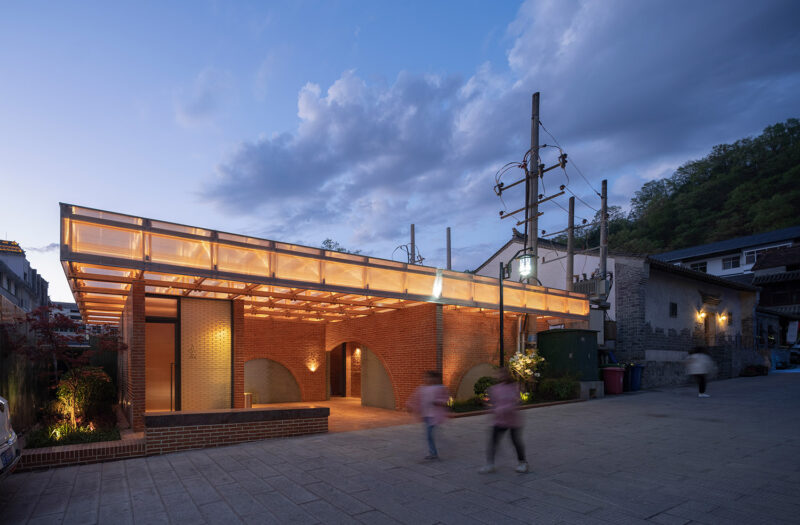
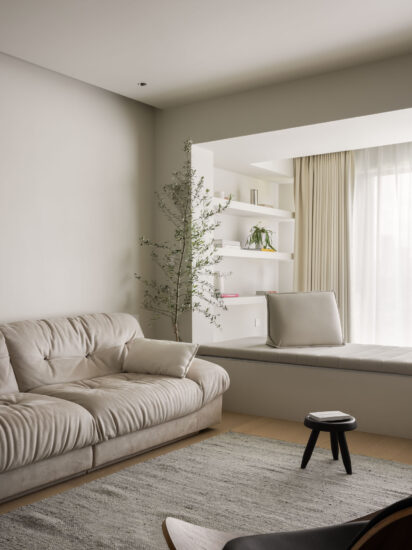

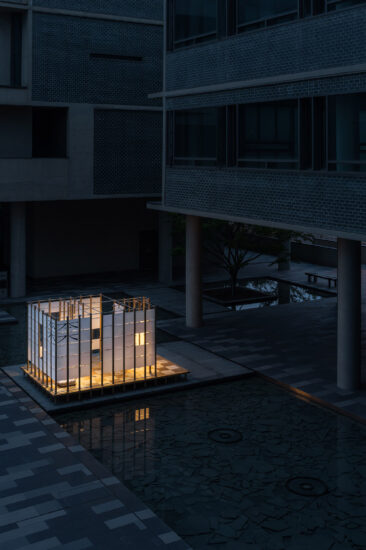
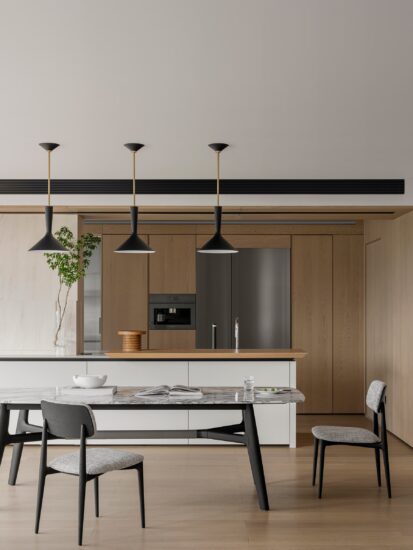
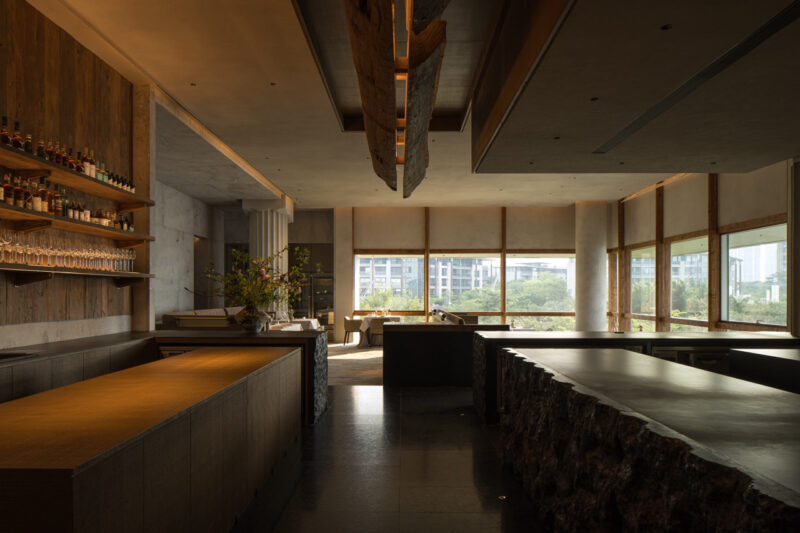
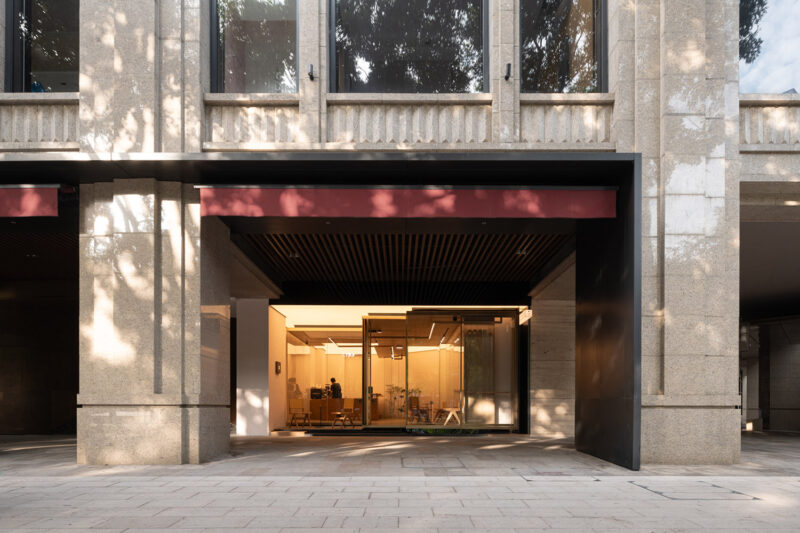
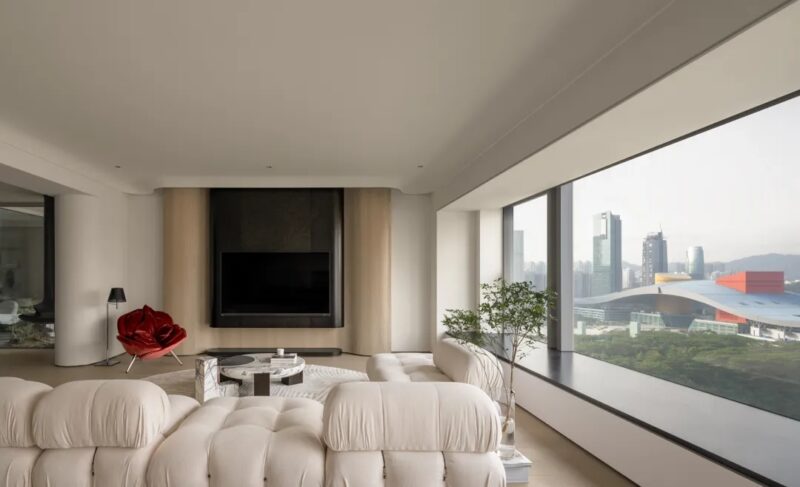



![[4K] 4.14G WABI – SABI侘寂視頻](http://www.online4teile.com/wp-content/uploads/2024/08/20240819104405-445x550.jpg)


